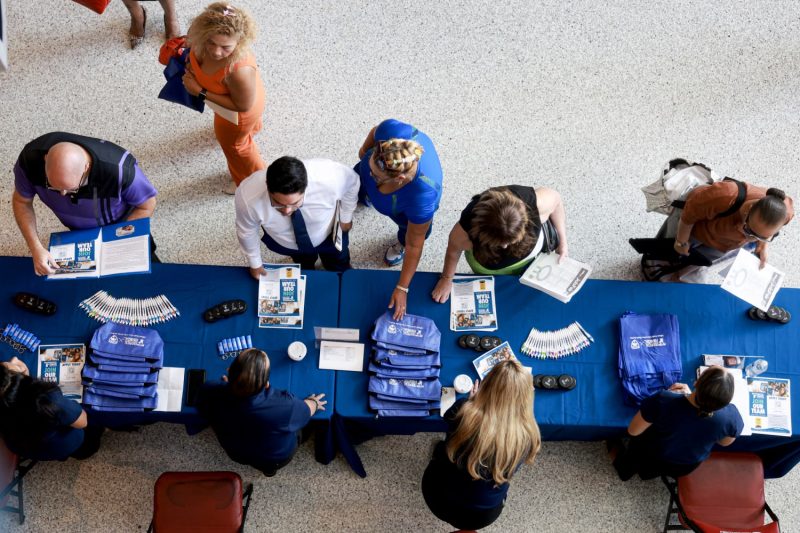The recent surge in job search activity among Americans has undeniably shown a shift in the employment landscape in the United States. According to a report by the Bureau of Labor Statistics, more than 28% of Americans are currently seeking new job opportunities, marking the highest rate in a decade. This data sheds light on the economic uncertainty and evolving preferences of workers in the post-pandemic era.
One of the key factors driving this trend is the changing dynamics of remote work. The widespread adoption of remote work during the COVID-19 pandemic has enabled employees to reassess their priorities and seek job opportunities that offer greater flexibility. Many workers have realized the benefits of remote work, such as eliminating the daily commute, achieving a better work-life balance, and increased productivity. As a result, a significant number of individuals are actively seeking remote or hybrid job opportunities that align with their preferences.
Moreover, the pandemic-induced disruptions in various industries have led to widespread layoffs and furloughs, prompting many workers to explore new career paths. The instability in traditional sectors has encouraged individuals to consider industries that are more resilient to economic downturns, such as healthcare, technology, and e-commerce. As a result, there has been a noticeable shift in job search activity towards these sectors, reflecting a desire for stability and long-term growth prospects.
Furthermore, the increasing emphasis on workplace well-being and mental health in the wake of the pandemic has influenced job seekers’ priorities. Employees are now placing a greater emphasis on factors such as company culture, flexible work arrangements, and mental health support when considering job opportunities. As a result, employers who prioritize employee well-being and offer a supportive work environment are more likely to attract and retain top talent in the current competitive job market.
The rise of the Great Resignation phenomenon, characterized by a record number of Americans voluntarily leaving their jobs, has also contributed to the surge in job search activity. Workers are increasingly seeking opportunities that offer career advancement, higher pay, and a better work environment. This trend highlights a fundamental shift in the employer-employee relationship, with workers becoming more selective in choosing employers that align with their values and career goals.
In conclusion, the unprecedented rate of job search activity in the United States reflects a broader transformation in the labor market driven by remote work, industry disruptions, changing employee preferences, and the rise of the Great Resignation. Employers need to adapt to these evolving trends by offering competitive benefits, fostering a supportive work culture, and providing opportunities for career growth to attract and retain top talent in this competitive job market. As the job search landscape continues to evolve, both job seekers and employers must remain agile and responsive to emerging trends to thrive in the post-pandemic economy.

